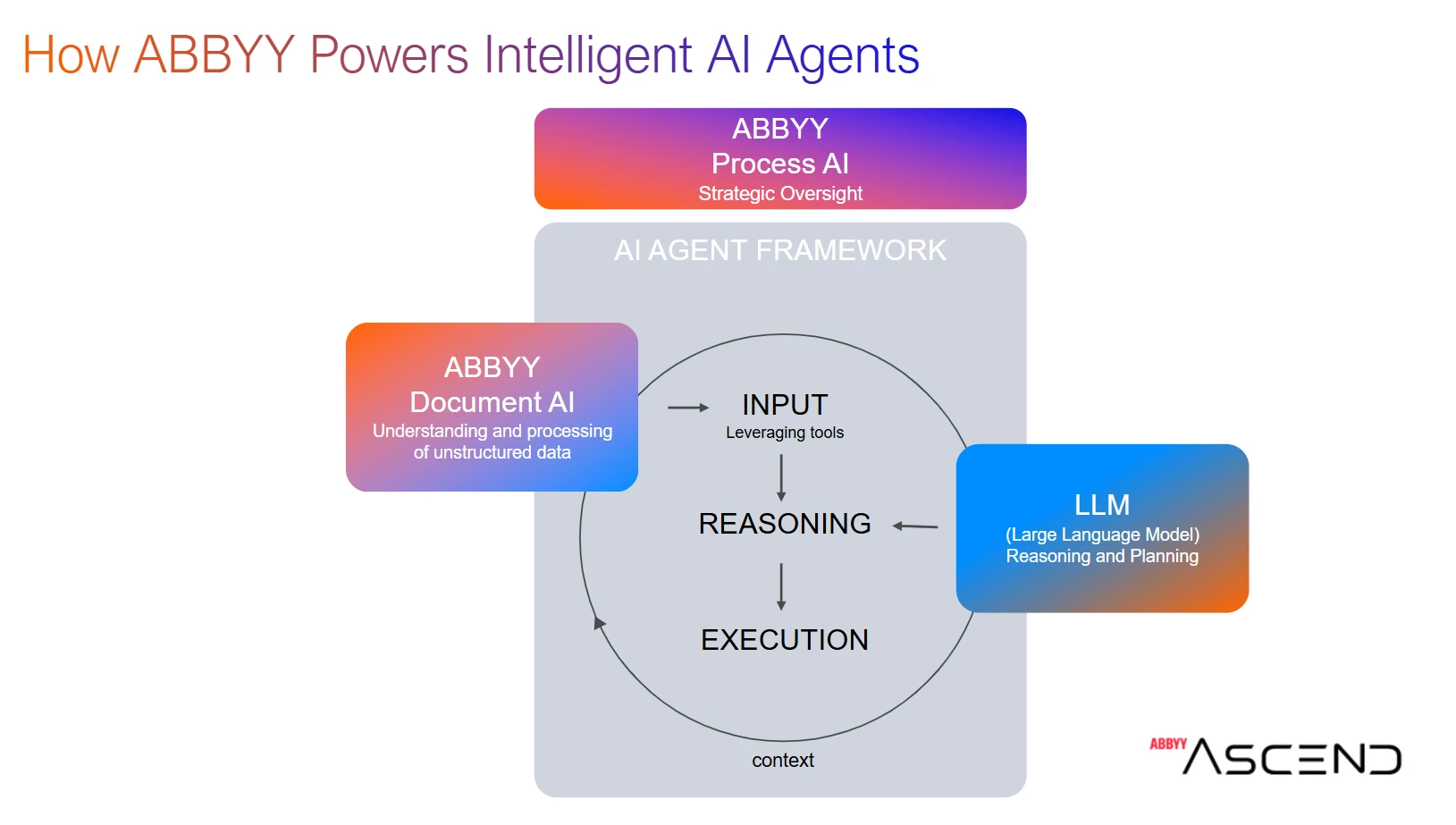
How to Turn AI Potential into Measurable Business Results
by Dr. Marlene Wolfgruber, AI Product Marketing Lead
What AI can do today is nothing short of remarkable. Claude writes production-ready code in seconds. Sora generates cinematic video from just a few lines of text. AI can help doctors diagnose eye disease or help your kid with their homework. In fact, many AI tools have already been embedded in our personal lives.
But in the enterprise, it’s a different story. AI adoption is slow. Projects are siloed. Pilots often fizzle.
At the moment, there's a yawning gap between consumer excitement and enterprise execution. The same technology that dazzles us fails to deliver consistent value in complex business environments.
So how do we close that gap? How do we turn AI’s potential into real business outcomes?
AI as an active enterprise collaborator
To answer that, we need to look at where AI is successfully making a meaningful impact in how work gets done. Here are three examples:
- AI as creator: Generative AI is helping marketing teams produce entire ad campaigns without traditional production.
- AI as operational assistant: Alexa for Business can schedule meetings, manage to-do lists, and join or start conference calls.
- AI as decision-maker: Autonomous vehicles make complex driving decisions in real time, using AI to sense, predict, and react to real-world conditions.
AI is clearly changing how we plan, create, and execute. Bringing that same intelligence into the enterprise is still a work in progress, but the potential is too big to ignore.
Why so many AI projects fail
Business leaders recognize AI’s potential and are pouring money into it. But too often, these funds get spent without a clear plan or purpose. A recent survey found that 60% of executives adopted generative AI without a clear strategy, driven more by the fear of missing out (FOMO) than by a specific business problem.
It’s no surprise, then, that we see expensive AI projects that never deliver outcomes. No one defined what success looked like in the first place.
Without a solid strategy, businesses tend to fall into two common traps:
- Treating large language models (LLMs) like document processors:
Many teams apply general-purpose LLMs to document-heavy workflows even though they’re well aware of one of the model’s biggest weaknesses: hallucination. Yet, made-up information and extrapolated numbers won’t do when you’re generating compliance reports, processing invoices, or extracting data from financial statements. It’s like using a chainsaw to cut a cake: technically possible, but messy—and dangerous when precision matters. - Deploying AI agents to solve the wrong problems:
Some businesses are aiming to deploy AI agents—adaptive systems that can reason and act—for simple, repetitive tasks where a rules-based system would be faster and more efficient. It’s like hiring a Michelin-star chef to microwave leftovers.
In short, AI in business must be purpose-built for the task at hand. That means using the right tools for jobs that require precision and reliability.
Building AI agents for real business workflows
When it comes to complex workflows, the right tool is often a precisely-structured AI agent. These AI agents must be engineered for context and action. They need access to specific tools and defined task flows in which to use those tools.
At ABBYY, we provide the core capabilities that power enterprise-grade AI agents— delivering oversight through Process AI and document understanding through Document AI. These capabilities can operate independently or within frameworks like the Model Context Protocol (MCP), a new open standard that helps AI agents access context and structure to complete complex, multi-step tasks with greater precision and control.

This makes AI agents especially effective when working alongside LLMs. Instead of relying solely on an LLM—which can lead to hallucinations — the agent uses the LLM for reasoning and planning, while drawing on ABBYY’s Document AI and Process AI to provide structure, oversight, and trusted data. This combination boosts the agent’s confidence and ensures more accurate, reliable outcomes.
For example, in a KYC process, an AI agent can use ABBYY Document AI to extract key information from identity documents—such as name, date of birth, and document number — and initiate a verification workflow. ABBYY Process AI ensures the agent follows the correct steps without skipping critical checkpoints like approvals, respects required processing times, and can even simulate what changes in the process would mean for compliance or efficiency. A framework like the Model Context Protocol (MCP) can optionally support the agent in coordinating these steps more reliably by maintaining context and guiding tool interactions.
Of course, AI adoption isn’t without risk. But risk can be managed. In every business, there are low-risk, high-value use cases like invoice processing and employee onboarding that are ready for automation. More complex, higher-stakes workflows can be brought into the safe zone through governance and explainability. Purpose-built AI, supported by thoughtful oversight, allows businesses to move forward boldly without gambling on unproven solutions.
A blueprint to scale AI successfully across the enterprise
As we've seen time and again in business, the worst way to approach AI is to build or buy something expensive and vague, hoping it will provide value. That kind of thinking has led to stalled pilots, sunk costs, and systems that never reach production.
Rather, companies should begin with a clear, practical roadmap. The ABBYY AI Playbook offers exactly that: a blueprint for operationalizing AI with structure and intent. It helps organizations identify the right use cases for the task, put guardrails in place, and define what success actually looks like.
The enterprise doesn't need more failed AI experiments. Let’s shift from experimentation to execution that delivers scalable, real-world results through thoughtful strategy and purpose-built systems.





